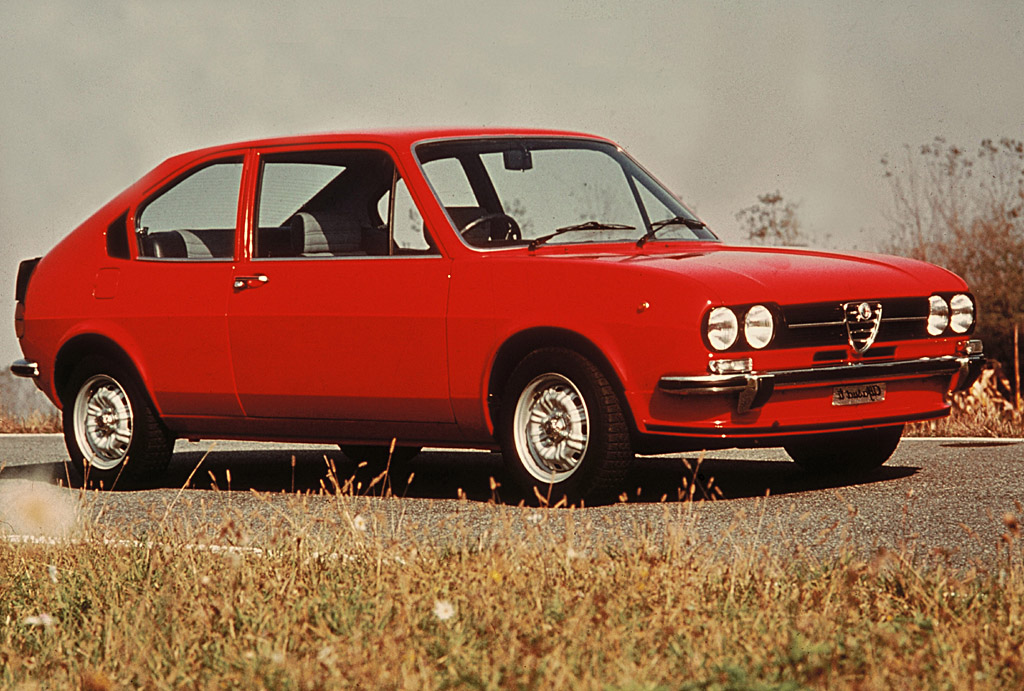 This briefing document provides a fortnightly overview of the main automotive industry stories making the news and key product announcements. It also includes some of the more interesting stories and campaigns from outside the automotive sector over the past two weeks.
This briefing document provides a fortnightly overview of the main automotive industry stories making the news and key product announcements. It also includes some of the more interesting stories and campaigns from outside the automotive sector over the past two weeks.
Automotive news
Key industry stories from the last two weeks:
Motoring
- Ground-breaking new digital system to help keep motorists better informed and traffic moving
- The E10 petrol hack that drivers are using to save money
- UK: Lockdown prevented almost 300 road deaths in 2020, charity claims
- Energy prices fuel surge in inflation to 10-year high
- Almost half of large vans and a third of LCVs fail their MOT
EV and Autonomous Vehicles
- UPS will make deliveries using Waymo’s autonomous Class 8 trucks
- Production begins at Volta Truck’s Coventry factory, firm confirms
- Renault Retail Group goes full EV for its courtesy car fleet
- Funding boost to develop EV charging infrastructure roadmap for UK’s rural regions
Motorsport
- Valentino Rossi: MotoGP legend retires after 10th-place finish in final race in Valencia
- Guanyu Zhou becomes first Chinese driver after being signed for Alfa Romeo
- McLaren and Audi in “early talks” for F1 deal, report claims
Product launches / unveils
Key industry product launches or unveils:
- Subaru – Subaru’s first global all-electric vehicle SOLTERRA makes world debut
- Peugeot – Peugeot reveals updated 3008 and 5008 models
- DS – All-new DS 4 open for orders in the UK
- Volkswagen – The new Volkswagen T-Roc: expressive design and innovative technology
- ŠKODA – The ŠKODA SLAVIA: second ŠKODA model in the INDIA 2.0 project makes its debut
Automotive winners
- Toyota – Toyota Hilux wins International Pick-up Award
- Renault/Mercedes – Kangoo and Citan are Joint Van of the Year
- McLaren Automotive – McLaren Automotive wins ‘Game Changer’ award at the Walpole British Luxury Awards 2021
- Midnight Robotics – Fieldin acquires Midnight Robotics to develop autonomous tractors
- SEAT – SEAT has reached a new milestone in the UK, the sale of one million vehicles
Non-automotive winners
- Apple announces self-service repair scheme in win for campaigners
- Tiger King fans receive free mullets to promote Tiger King 2
- Iceland Tourism take a brilliantly witty swipe at the Metaverse
- Celebrations launch ‘Bounty Return Scheme’ with festive ad
- Nike constructs basketball court using 20,000 upcycled sneakers
- Heinz saves on washing up with Christmas dinner in a can
- Deck the Hells: Camden Town Brewery launches first-ever Xmas ad in a bid to prevent poor Christmas gifting
Non-automotive losers
- Amazon to stop accepting Visa’s UK-issued credit cards over high fees
- Crunch time for British breakfast as Weetabix workers strike
- Walkers crisps shortage could last until end of month after IT glitch
- Jeff Bezos’ Blue Origin Loses Legal Fight Over SpaceX’s NASA Moon Contract
Research and insights
Electrifying the bottom line: How OEMs can boost EV profitability (McKinsey)
Electric-vehicle sales are increasing, yet many OEMs are still defining their path toward profitability. This report, which analysed 16 current EV models aims to help automotive leaders improve their EV business strategy.
It distilled six key insights:
- While market penetration is up, profitability remains low for current EV models. Although the penetration of EVs in key markets is on the rise, profitability currently remains low or at best slightly above breakeven. Twelve out of the 16 analyzed EVs show negative profit margins.
- In a business-as-usual scenario, profit levels will gradually improve. Going forward, increased competition and expiring subsidies are likely to put price pressure on EVs. Nevertheless, EV profitability is expected to rise, given cost reductions and economies of scale. Continuing the business-as-usual scenario, profit margins could reach 4 to 11 percent by 2030 depending on the vehicle segment.
- Additional countereffects and risks could lower or cannibalize the entire EV profit margin. What if lithium and nickel prices soar in light of long lead times for mining capacity expansions? What if battery supply shortages increase the cell prices beyond “cost plus” levels? We see four major countereffect/risk categories that will vary by OEM and could have an estimated impact of ten to 15 percentage points: raw-material price increases, supply-chain decarbonization, supply-chain imbalances, and additional content for electrical and electric components and software.
- Incremental cost and revenue levers have the potential to mitigate the above-mentioned risks (at least partially). Incremental measures, such as adopting industry best practices in design-to-value (DTV)/direct-to-consumer (DTC) sales, R&D efficiency, capital-expenditure optimization, sales and after-sales network optimization, can help automakers to potentially improve the profit margins by an additional six to seven percentage points in 2030 for selected vehicles.
- More radical moves could enable healthy profit levels. To increase EV profitability further, automakers can take a bolder approach by making radical moves to their EV business models. These moves could involve a design-to-use case approach, the creation of zero variants, DTC sales, the pursuit of a full range of monetization opportunities over a vehicle’s life cycle, and EV/battery-as-a-service offerings. Our full potential analysis for radical levers shows an additional incremental profit potential of five to 12 percentage points in 2030.
- Some improvement measures are OEM-agnostic, while others consider organizational maturity and vehicle segment. All the incremental moves are rooted in industry best practices and are available and appropriate for consideration by all OEMs. The impact of more radical moves will vary based on both the vehicle segment and nature of the OEM business (newcomer versus incumbent).
The Future of Wellness Special Report (Healthline Media)
The report dives into all the action going on at the intersection of technology, health and wellbeing, exploring perceptions and adoptions around wellness technology and innovations so integrators and business owners can identify new opportunities within the field. In general, consumers are predominantly optimistic about the benefits of wellness technologies and innovations according to the consumer responses found within the report.
- 91% of consumers said innovations could improve people’s quality of life.
- 91% said innovations could illuminate connections between wellness, bodies and minds.
- 79% were inspired by the latest wellness technology research.
- 77% felt as though health innovations fit in well with their lifestyle.
- 68% believed that health innovation are essential for living a holistic life
- 73% said that health technologies and innovations help people practice sustainability (this rate is significantly higher among Black, Asian and Hispanic respondents, as well as Millennials and gen Z).
Those who have had experiences with wellness technology also often rated them as “overwhelmingly positive” (94-95%). Technologies that had the most positive interactions include:
- Smart scales (71%)
- Smart alarm clocks (75%)
- Fitness trackers (72%)
- Light therapy for mental health (72%)
Photo by Roman Kraft on Unsplash

















